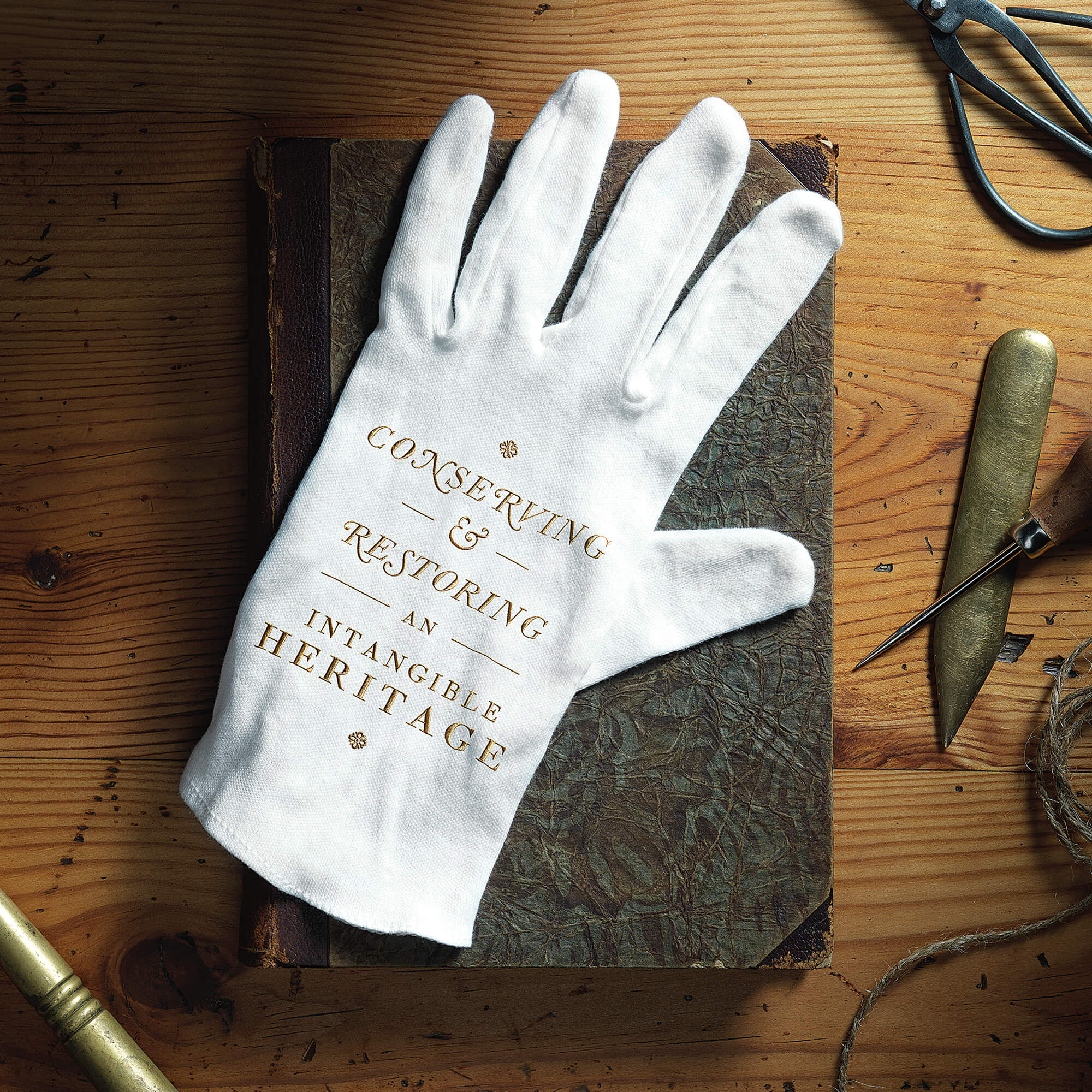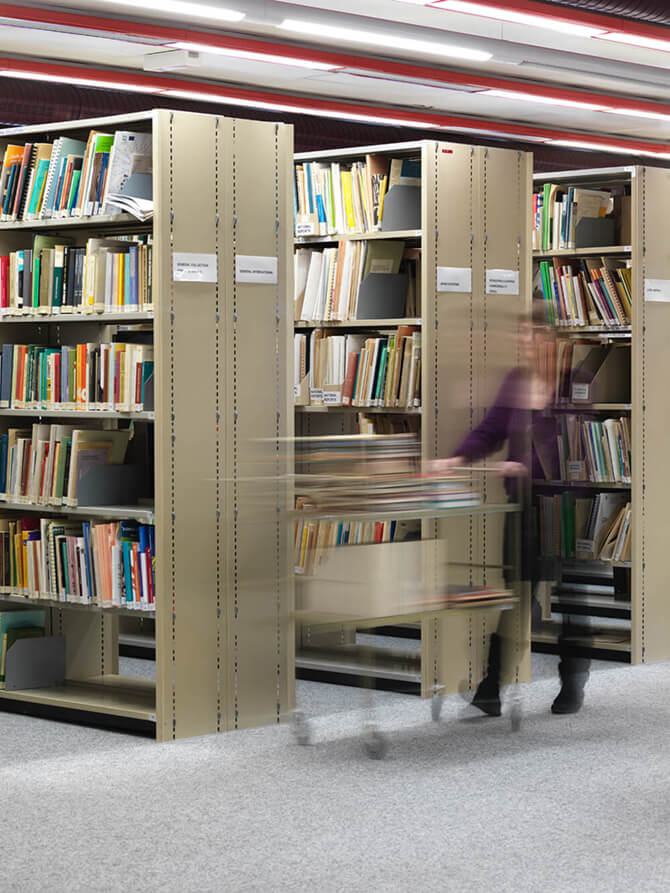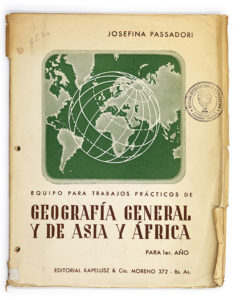
History
Conserving and Restoring an Intangible Heritage
October 19, 2016
The IBE has had 90 years to collect what is now a hidden treasure trove of education materials from all over the world, spanning three centuries. Bequeathing this intangible heritage to future generations demands its careful conservation and sometimes even restoration.
illustration by multiple
During 2015, the IBE began to digitize this treasure, not only to conserve it, but also to use the best technology to make it more globally accessible.
By marco
19/10/ 2016
·
- Share
2015 marked the start of a campaign to restore and conserve the intangible heritage that the IBE has acquired over nine decades, so it can bequeath that heritage, responsibly and sustainably, to current and future generations. Undoubtedly, the IBE library currently holds one of the most comprehensive textbook collections on earth.
This Historical Textbook Collection comprises approximately 25,000 primary and secondary education textbooks and 300 atlases from the late 1700s to the 1980s, from over 140 countries, in over 100 languages. Together, they capture trends in the development of education over the better part of the 20th century. The Historical Textbook Collection is not the only hidden treasure the IBE holds. It also boasts a unique archive of periodicals predating the 1900s, and 650 education journals from over 80 countries in a range of languages. The IBE’s Historical Archives represent another time capsule. They provide an insider’s view of the IBE, from 1925 to 1969, in the form of personnel files, correspondence, administrative notes, etc. Equally impressive is the outsider’s view of the IBE, captured in its diverse publications and exhibitions. Take, for example a handwritten manuscript of Adophe Ferrière’s L’école active (1922), a key work from the progressive education movement.

Adophe Ferrière’s L’école active (1922).
Gearing up for the restoration and conservation process, the IBE’s documentalist, Ruth Creamer, rolls a cart of gray storage boxes through the doors and passageways of the documentation centre. She is eager to give the contents of these boxes a new lease of digital life. She carefully lays the boxes on a wooden table and opens one of them. And look at that: an Argentine atlas of Asia and Africa published in 1942. It certainly looks worn from the many fingers of the researchers who flipped through it over decades.

Ruth Creamer rolls a cart of publications through the doors and passageways of the documentation centre.
But, like the age-respecting societies it comes from, it wears its age proudly, and maybe even flaunts it. Cognizant of its delicate state, she holds it up carefully. The paper looks and feels brittle, ready to break into small pieces. “See, it means visitors will no longer be able to handle this book”, she notes with concern and the urgency to take this treasure into the digital age. Many others in the collections are equally or even more aged, thanks to the same chemical process that turns paper into dust. Her job is cut out for her, and she is clearly in a hurry to get down to the task at hand. Her team accounts for each and every book in a massive spreadsheet that includes such details as the author, the printer, and when and where each item was printed.
By December 2015, Ruth Creamer and her team had already finished cataloguing the first batch of 4,000 textbooks. Now they will scan and digitize them, to make them electronically searchable and—crucially—accessible. Imagine scholars being able to use a digital catalogue to find texts, or information on these texts, from almost anywhere on earth and at any time. This is the IBE’s dream. Thanks to a 1.2 million US$ grant from His Royal Highness Prince Abdulaziz Bin Fahd bin Abdulaziz Al-Saud, 2015 saw the dream steadily become a reality. But fully realizing this dream will take a lot more than this grant has been able to initiate. Anyone out there willing to help?
Certainly 2015 was the year when the IBE straddled the old and the new. It was the year when the old laid a solid foundation for the new. It was the year when new 21st-century technologies gave a new lease of life to old and ancient texts dating back to the 1700s. Digital access to these old texts will continue to enable researchers to create new knowledge. But 2015 was not about “out with the old and in with the new”. It saw a strategic alliance, even a marriage, of the old and the new, one that will let the IBE enrich the intangible intellectual heritage it currently boasts of. It was about a relentless focus on a cherished tradition.

